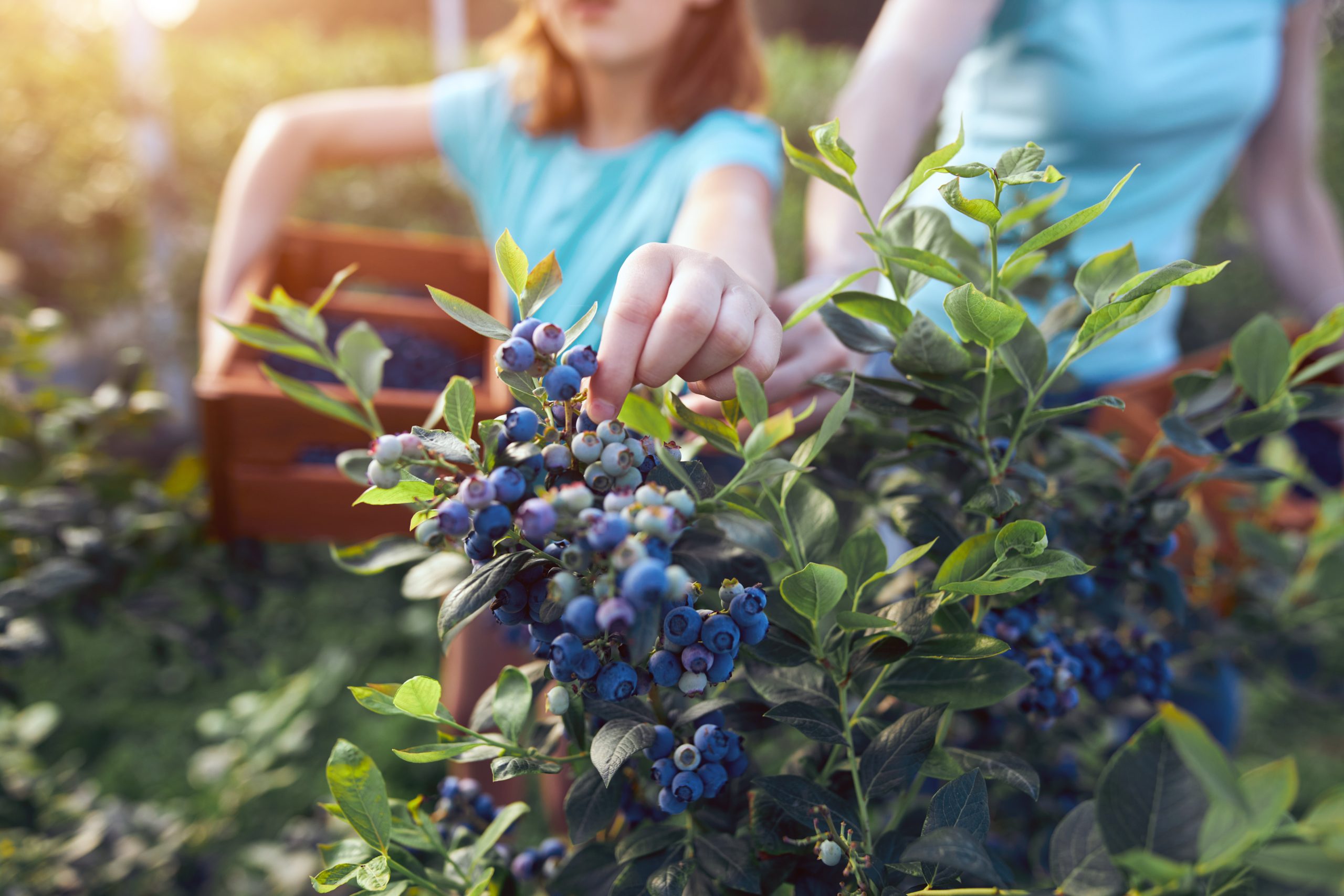Peruvian blueberry industry turns to varietal change to secure 2024 season
The 2022-23 season brought a substantial volume decrease for Peruvian blueberries, with industry sources putting the drop at 40%, and the ghost of El Niño looming over the sector. Will the South American powerhouse secure the 2023 historically good prices in the upcoming campaign?
Rafael Coronado, responsible for blueberry trials in Dole-Piura, tells FreshFruitPortal.com that this campaign’s outcome will largely depend on the weather.
“There’s a lower chance that we will experience El Niño in 2024, as we think its effects will be moderate, at 33%, due to the Pacific anticyclone. This year we will put into practice some 2023 learnings, such as finer physiological management, especially pruning, and integrated pest management,” he anticipates.
Coronado adds that some fields in Piura are still harvesting, as growers have resorted to changing the pruning date to take better advantage of colder temperatures and to lower costs.
“This may have negative effects on the quality of the product, but it is still profitable for the producer. By changing the pruning date we can obtain better minimum temperatures, which favors the induction of flowers,” he says.
As for varietal change, Coronado says, varieties must be chosen depending on the specific production conditions, and should aim to achieve water use efficiency, resistance to pests and diseases, as well as adaptation to climatic variations.
“At Dole we are working on a test plot in Piura with seven varieties from a high-quality nursery. What we are looking for is to obtain tools to improve production, but above all greater adaptability in the Piura area, where climatic conditions are more intense,” he says.
Coronado explains that varieties that used to be high-yielding, such as Biloxi, have lost competitiveness against the new patented varieties.
“Some varieties mature in specific market windows, which allows us to take advantage of periods of high demand and favorable prices. Others have greater resistance to pests and diseases, and we must look to them, especially in the north. Let us not forget that in 2022, thrips dropped our northern production by 35%”, he says.
“We cannot let our guard down”
Even though El Niño phenomenon seems to have entered a more moderate phase, Coronado wars that the Peruvian blueberry industry must stay vigilant.
“We cannot let our guard down because, due to the rains and climatic vagaries, blueberry production may be affected, either by crop damage or alterations in the growth, flowering, and harvest cycles. With the experiences of ‘rainy’ years in Piura, technicians have learned to manage how, when, and how much to irrigate in these conditions. Likewise, we have already gained experience in terms of the increase of pests,” he says.
Coronado says that the problem in Piura, last year, was that the minimum temperatures required for good fruiting were not achieved. This issue not only presented itself for blueberry cultivation but also in other crops such as mango, grapes, and citrus, among others.
For Coronado, the success of the 2024 Peruvian blueberry season will depend on the ability of growers, from the lived experiences of technicians, to achieve the goal of selecting and managing new varieties effectively.
“It is important to give the necessary time for the new cultivars to mature and produce fruit, and thus to know what the full benefits of varietal replacement are, beyond 2024. Companies should continue trials on new varieties to achieve adaptation to climatic conditions and higher productivity, and resistance to pests and diseases,” Coronado explains.
26/01/2024





